1. Introduction
Urbanization as a global trend has profound implications for the carbon cycle and, therefore, climate change [1]. Understanding how to make cities more sustainable, and, thus, averting global warming [2], means understanding the underlying historical, philosophical, cultural, social, ecological, and political structures that give rise to the way cities have been and continue to be shaped. By acknowledging “science as one cultural practice amongst many” for interacting with the environment around us, Heidegger [3] illuminated one of the key problems facing ecological sustainability, namely the hegemony of science and technology in environmental policy and urban planning. The widely accepted idea that in cities “environmental problems can be solved through technological and industrial innovations” [4] is problematic. This is because sustainability cannot be assumed to be achieved “based on [inhabitants՚ abilities] to purchase products derived from ecological innovations” [5]. The assumption that sustainability can be achieved via a transmogrification of consumer choices is questionable. Whilst carbon dioxide (CO2) emission reduction, and urban heat island (UHI) effect mitigation technologies and innovations are reducing greenhouse gas (GHG) emissions and urban temperatures at site-specific locations in cities around the world [6], whether these technologies and innovations will have any tangible impact on the reduction of global emissions [1], and creating sustainable urban environments, is contested [7]. While there has been a corpus of research on the virtues of urban greening, using green walls, green roofs, bioswales, and curbside gardens, in reducing CO2 emissions [8] and mitigating the UHI effect [9], this research seldom engages the sociocultural, socioecological, and political dimensions of the notion of sustainability. Critically, the presupposition that urban greening can offset ecologically unsustainable urban consumption patterns is yet to be adequately explored.
Aesthetics is a branch of philosophy that deals with questions of beauty and artistic taste. By understanding that the aesthetics of the environment and landscapes, and the processes of consumption, as existing within certain “lifeworlds” that have been “colonised” by particular ideologies [10], it becomes easier to understand how a body of knowledge—or dominant authoritative narrative—facilitates some options and choices, but impedes others [11]. In elaborating on this, this review employs Foucault’s concept of “regimes of truth” [12] as a method of bringing to the fore how urban landscapes, environments, and ecologies are socially constructed. Defined as “the historically specific mechanisms which produce discourses that function as true in particular times and places” [11], regimes of truth are used here as a theoretical substructure that informs the context-specific “colonised lifeworlds” of urban greening. In this context, global neoliberalism is the dominant global regime of truth, or axiom. Thus, it is global neoliberalism that advances certain views of landscape, which in turn dictate the meaning and ideology behind specific market-driven forms of urban greening.
Sustainability can be defined as “addressing the needs of the present without undermining the needs of the future” [13]. Because “sustainability” as a term, has come to exemplify unsustainable, often technically defined practices that are not necessarily sustainable in an ecological sense [7], this review advocates for use of the term actual sustainability as it more accurately represents the aforementioned definition. In moving towards achieving actual sustainability, which the authors acknowledge is difficult, if not impossible, to measure, Corburn’s [14] suggestion of a “co-production of knowledge” provides a useful more open framework. Thus, interweaving the sociopolitical, cultural, and ecological into the planning and policy frameworks of cities means that the technical—such as the creation of green walls, green roofs, and other examples of innovative urban greening technologies—cannot be divorced from or prioritized over the broader context that informs its existence [15]. This framework opens the possibility for a plurality of participants engaged in decision-making processes in order to drive scientifically legitimate, publicly accountable, and context-specific urban environmental policy-making [15]. Co-production in practice can be observed in the example of the New York City Regional Heat Island Initiative (NYCRHII), an organization setup to find innovative UHI effect mitigation solutions, while at the same time ensuring that scientific and technological tools are informed by the needs of the local community [14]. Co-production has also been useful in building relationships between international organizations, such as the Intergovernmental Panel on Climate Change (or IPCC), national governments, local governments, and nongovernmental organizations (NGOs), to address issues, such as sea-level rise [16] and declining crop yields in the Great Plains of the United States [17].This review, therefore, seeks to highlight that the limits of current environmental policy and planning is due, in part at least, to the lack of interrogation with the underlying ideologies and philosophies that guide environmental decision-making. Acknowledging that urban landscapes are products of specific historical and ideological conditions is the first step in moving towards initiating actual sustainability in urban environments. This review traces the historical and ideological underpinnings of the urban landscape concept. It then considers the relationship between the aesthetics of environmentalism, with an emphasis on urban greening and sustainability, which are not always synonymous. This review then considers this disconnection and the inextricable links to consumption cultures that continually work against sustainable practices within modern lifeworlds. Foucault’s “regimes of truth, ” Habermas’s concept of the “colonised lifeworld, ” and Corburn’s notion of “co-production” provide alternative frameworks to the notion that technosolutions alone will address environmental problems in cities.
2. Urban landscapes as history/ideology
The following details a partial overview of the history of the way urban landscapes have been engaged through time. This, in turn, has informed how ecology has been conceptualized within the urban framework. The first section details landscape thinking, and is followed by a section on the rise in understanding landscape as ideology. The influence of the theory of ecological modernization as the dominant environmental discourse that informs current environmental planning and policy in cities is then considered.
2.1. Landscapes in historical perspective
The way that landscapes have been perceived at different points in time has been influenced by the dominant social, political, and economic forces [18] of the time. Landscapes are, as Meinig et al. [19]described them, both reflective and philosophic, and yet intricately detailed and physically concrete. They are fundamentally interwoven phenomena subject to broader structural [20], geographical [21], cultural [22], as well as historical and philosophical [21] trends. Approaches to the study of the urban landscape have been diverse [23].
“Landscape” is an ambiguous and often nebulous term with multiple etymological origins, a diversity that accounts for much of its current boundary problems [23]. The term itself entered into English in 1598 from the Dutch term “landscap” or “landschap, ” meaning “rural province” [24]. Originally conceived as a word to describe the painting of a rural scene, its origins are overwhelmingly aesthetic [25]. Historically, to invoke landscape, was to evoke chiefly rural visual phenomena rooted in the picturesque artistic tradition [25]. The picturesque was characterized by nature as an ideal object of aesthetic experience [25], as “beautiful when it wore the appearance of art” [26]. Conceptualizing landscapes as sets of interactions between human culture with the environment, initially championed by the likes of cultural geographer Sauer [27] and examined in the field of landscape ecology [28], provided a necessary counter-point to this view. Landscape in the contemporary context exposes a multiplicity of meanings, with Olwig [29] conceptualizing landscape, including “urban landscape, ” as a term that carries more substantive meaning, and is defined as “a place of human habitation and environmental interaction.”
Urban landscapes are often more ecologically fragmented and geometrically complex than rural landscapes [30]. They also differ from many rural landscapes in that they are dominated by one species: humans. Indeed, because humans are strongly involved in shaping the urban environment, they imbue it with their values or collective “intersubjectivities” [10]. That is to say, the urban is largely comprised of “colonised lifeworlds.” This concept of the colonized lifeworld, framed within Foucault’s “regimes of truth, ” exposes the dominance of certain views of landscape and the historical particularities and ideologies that have informed their production through time.
Within the disciplines of landscape planning and landscape architecture, landscape appears to have had its origins in architecture, with the term “landscape architect” first being used by a firm, Olmsted and Vaux, in 1863 to describe their own practice [24]. In the discipline of geography, landscape has been evoked as pertaining to the physical setting and its dynamic relationship with human activity [31]. Traditionally divided between landscape historians and cultural geographers, who are concerned with the subjective aspects of landscape [32], the study of landscape has evolved to include landscape as autobiography [33]; within the realm of ordinary everyday life [33]; as a symbolic and representative space [34]; as gendered, class-based, and political [35]; and in terms of production and consumption [36]. Landscape can also be invoked in the context of urban greening and the associated reimaging and reworking of urban cultural and physical landscapes under the intertwined practices of urban greening and sustainability. Because humans perceive landscapes in the “perceptible realm, ” interrogating landscape, and how it is perceived, is crucial to understanding how urban landscapes are planned, designed, and managed [37].
Landscape is contextual [38], and in order to facilitate sustainable landscapes in the urban environment, landscapes must be understood within their spatial, temporal [14], and cultural contexts [37]. Because they are constantly changing, and are historically contingent, temporal understandings of landscapes need to be included in thinking about planning sustainable urban environments. Indeed, urban landscapes should be seen as “timescapes” [14], where the historical scale is positioned as a significant factor that shapes urban landscapes. It is these timescapes that give context to how urban environments are perceived, manipulated, and colonized through time. Viewing landscapes as historical timescapes, subject to sociocultural, political, and economic values, enables one to understand the reasons why sustainability in contemporary global neoliberal society is not being achieved [7]. While there is a considerable body of research dedicated to the use of urban greening in mitigating CO2 emissions and the UHI effect [6], there is a distinct lack of research in the urban greening literature that interrogates the underlying assumptions, biases, and ideologies that guide decision-making in urban planning and policy. Indeed, while there is a movement towards integrating traditional aesthetic goals with ecosystem services in the urban landscapes of somecities [39], the ideologies that prevent the adoption of sustainability at a deeper sociocultural level need to be interrogated. This review seeks to investigate the ideological foundations of the decision-making processes that inform urban greening.
2.2. Landscapes as ideology
Ideology both informs the construction of landscape and is itself a product of the landscape in which it was formulated; landscape is ideology [40]. Thompson (1984) [41] distinguished two conventional uses of “ideology”: 1) ideology as the lattice of ideas that permeate the social order, constituting the collective consciousness of each epoch; and 2) as “a consciousness which is in some way false and which fails to grasp the real conditions of human existence.” Thompson also argued that ideology “sustains specific relations of domination” [41]. In exploring this further, Žižek’s [42] contention that “ideology does not conceal or distort an underlying reality, but rather reality itself cannot be reproduced without ideological mysticism” (p. 28) is relevant to urban landscapes. This assertion that ideology offers the symbolic construction of reality [43] is epitomized by the notion that there is no definitive answer to what landscape is [19]. Landscape is subject to ideological construction and illusion [45]; it is, thus, inherently socially and culturally conditioned. Globally, policies encouraging more sustainable urban forms and the use of urban greening are being actualized. However, a recent study of urban greening in Adelaide, Australia has demonstrated that without curtailing urban sprawl, the “un-greening” effect occurring via the conversion of farmland to housing stock in that city is offsetting the environmental benefits of other urban greening initiatives, such as low carbon urban designs [45]. This review questions the ability of cities to resolve this tension while the underlying ideologies of urban expansion and economic growth remain unquestioned.
The shaping of physical landscapes by sociocultural, political, technological, and economic forces [18] necessarily implicates “the social” in the attainment of actual sustainability. Landscapes are not sociopolitically neutral. The dominant ideology that informs the vast majority of greening projects in cities around the world is known as ecological modernization [46].
2.3. The (dominant) ideology of “ecological modernization”
A more thorough understanding of landscape rests upon the “historical recovery of ideologies” [47], including the way in which ideologies adhere to, and are subsequently altered by, specific contexts. The central ideology, or “regime of truth, ” that informs current urban greening policies is a market-based version of ecological modernization [46]. The basic assumption behind ecological modernization is the environmental re-adaptation of economic growth and industrial development on the basis of enlightened self-interest [46]. The common assertion being that the economy and ecology can be favorably combined within the existing social order [47]. It also presents environmental media (air, water, soil, ecosystems, etc.) as representing sources of future growth and development. Ecological modernization has had a considerable influence within urban planning and policy throughout the world [48]. To invoke Foucault, by adopting ecological modernization, urban planners and policy-makers have yet to realize alternative methodological frameworks, such as co-production [14].
Confronting environmental issues, such as anthropogenic global warming, from within the ideology of ecological modernization is problematic as it “overstresses the industrial and technological aspects and overlooks the social and political context in which the ecological switchover has to take place” [1]. Ecological modernization represents a powerful and hegemonic ideologue or motif [49], an “absolute knowledge, ” where language surrounding the concept of urban greening influences and reinforces particular ideas [50]. As a regime of truth, ecological modernization can effectively colonize the lifeworlds of urban inhabitants by normalizing market-orientated conceptions of sustainability within the processes and practice of urban greening. Examples are abundant within contemporary urban contexts, which are sometimes referred to as having been “greenwashed” [51]. Shaw and Menday [52] discussed the effect that greenwash has had with reference to a new eco-conscious housing development on the far-north coast of New South Wales, Australia. Another example is Middle Quinton, in the UK, an eco-town proposed for a location near Stratford-upon-Avon in Warwickshire. Its lack of centrality to a major urban center and the increase in traffic and carbon pollution associated with this, as well the government’s focus on constructing this new showpiece of eco-living at a cost to investment in retrofitting existing housing stock, are just some of the concerns raised [58]. In these examples, the production of supposed “green” landscapes is embedded within unsustainable processes of consumption, which fundamentally neglects to challenge issues of environmental degradation.
The normalization of market-oriented conceptions of sustainability facilitates intersubjective realms, where ideas surrounding how to create sustainable landscapes are conceptually limited to those that befit the dominant narrative. The problem with this narrative of language, process, and practice is that by assiduously adhering to it, policy-makers appear to be attempting to solve environmental problems, such as anthropogenic climate change, while ignoring or avoiding the institutionalized truths, such as globalized economics, that created the vast majority of these problems in the first place [54]. Moreover, the regime of truth that is ecological modernization informs a model of environmental governance that requires specific historical conditions, such as well-functioning institutional settings, significant private purchasing power, and a citywide ecosocial morality [1]. As exemplified in case studies in Latin America, cities in the Global South often lack these conditions and the existence of a state with the fiscal and institutional capacity to implement public policies effectively [1]. Thus, although certain global conditions are prerequisites, context-specificity is also a driver in the creation and maintenance of green urban landscapes. Urban regions have their own nontransferable socioeconomic characteristics and institutional features that limit the feasibility of such methods of environmental governance [55]. The next section of this review considers another phase in city-building that has motivated urban greening.
3. Aesthetics and actual environmentalism: CO2 emissions and the UHI effect
Urbandwellers have become increasingly aware of the appeal of green(ed) urban spaces. The next section considers the rise of green aesthetics in urban settings. This is followed by a discussion of some of the pressing environmental issues that have, over the last few decades, metamorphosed into drivers of urban greening.
3.1. Aesthetics as environmentalism
Over the last 30 years, the appeal of urban greening to urban planners, council representatives, government officials, and landscape architects is undeniable [56]. Because the concept of sustainability is embedded within the context of global capitalism [57], it often manifests as a culturally generated concept and commodity [58]. With numerous scholars arguing for the inherent incompatibility of sustainability and global neoliberalism [57], it is important to discern between greenwash practices and actual (environmental) sustainability. As the concepts of “green” and “sustainable” have progressively become more integrated into the structures of global capitalism, they have become diluted [59]. A notable example of this is the environmental effects of the privatization of water supply in England and Wales in 1989, a process termed “market environmentalism” by some scholars [60]. With numerous studies conducted since, demonstrating that privatization of this resource has had a negative effect on fisheries, water, wetlands, minerals, and even genes [61], it becomes apparent that the rhetoric of market “environmentalism” can serve to disguise environmental degradation. In terms of the UHI effect and CO2emissions, what needs to be considered is the extent to which urban greening landscapes counteract these effects, rather than simply appearing to do so. Moreover, questions need to be asked about the links, and disconnections, between aesthetic appeal and environmental impact [62].
Aesthetics and environmentalism have been conflated. Aesthetics as environmentalism is a concept that requires unpacking in order to understand how humans collectively value the urban environment, and how these values have shaped it through time. As a concept, urban greening has been largely produced through the enmeshing of environmental goals with market ideology and a psychocultural, evolutionary, and historical bias towards beauty or aesthetics over the ecological [62]. This has informed how green spaces in cities are imagined, constructed, and represented. Whilst some positive examples of local governments adopting ecosystem service approaches over purely aesthetic considerations do exist [39], an argument can be made that in order to ameliorate the UHI effect and CO2 emissions, particularly at larger political scales, a deeper sociological and psychocultural shift needs to occur. Understanding this is imperative to mitigation of the UHI effect and CO2 encouraging the attainment of actual sustainability.
3.2. The UHI effect
Numerous studies have considered the importance of climatic knowledge in the process of urban planning and design [63]. One of the key processes affecting urban climates is the UHI effect [64]. The UHI effect is a product of the absorption and re-radiation of heat by hard (and often dark-colored) surfaces, such as concrete, asphalt, and glass. The result is a rise in summer temperatures in urban areas as compared with adjacent vegetated areas [65]. Because climate change is set to disproportionally affect cities, most notably in terms of human health and wellbeing [66], it is crucial that environmentally sensitive policy and planning frameworks be engaged in order to manage this. In managing the UHI effect, it can be useful to conceptualize the city as a set of complex interrelated interactions that absorb external resources, and to extend Habermas’s concept of the colonized lifeworld to include the socioecological. That is, to orchestrate a reconceptualization of cities as lifeworlds, where the ideological informs the biophysical and visa-versa. This differs from the concept of the city as a metabolic ecosystem, which has had broad consideration [67], in that it incorporates ideology. It invokes the notion of “intersubjectivity” [10], or as Durkheim [68] would put it the “conscience collective, ” to help explain socioecological relations between humans and their environment. This is co-production, where science and technology are viewed as being embedded within sociocultural and political institutions and, thus, made sensitive to local contexts [14].
3.3. CO2 emissions
Cities now house the majority of the world’s population and contribute a reported 80% of global GHG emissions [69]. Greening the urban environment by utilizing vegetation has been posited as a way to reduce CO2 emissions. For example, in Miami, a multilayer canopy of fully-grown shrubs and small trees (2-8 m high) was planted around a building, and the landscaping shaded windows and walls. Parker [70] found that such planting assemblages reduced the need for air conditioning by more than 50% on hot days, with long-term savings measuring around 25%. Nowak and Crane [71] also found that urban forests can play a significant role in helping to reduce atmospheric CO2 levels, with urban planting in Sacramento reducing total carbon output by 2.3% over 10 years. However, they also acknowledged that emissions from urban tree maintenance can offset some of the carbon gains by urban forest systems [71]. Thus, taken out of its societal context, urban greening technologies appear to provide ways of mitigating carbon emissions. However, viewed within the context of expanding consumerism in global cities [72], and industrial growth in the Global South [73], the effect of urban greening needs to be combined with a deeper sociocultural restructuring. If a reduction in CO2 by cities is to be achieved, urban greening must not only be viewed within the sociocultural context articulated here, but must also operate within the rubric of the life-cycle approach or assessment [74], where its own construction and maintenance processes are internalized [75]. This is important in establishing whether or not achieving actual sustainability is a realistic goal.
3.4. Greening cities/greening lifeworlds
Many urban redevelopments adhere to environmental criteria and legislation [76]. However, little is understood about the habits of those living within these redeveloped precincts, and the consequent levels of improvement or movement towards actual sustainability. More specifically, because many cities in the Global North, and some in the South, have been through extensive re-imaging and redevelopment processes under the frameworks of sustainable development and urban greening [51], the extent of UHI effect and CO2 mitigation is as yet unknown.
Green roofs and green walls do have numerous, obvious benefits, which include stormwater management via bioswales [6]; microclimate cooling due to transpiration and a reduction in summer temperatures [77]; enabling the utilization of solar energy for evapotranspiration instead of sensible heat [78]; and improvement in human health in the urban environment [79]. They also exhibit other positive spinoffs, such as sound insulation [80]; increased urban biodiversity [81]; increasing the lifespan of the building materials [82]; and mitigating local air pollution through particulate absorption [83]. The flipside of these benefits is the less obvious offset of carbon-intensive maintenance costs and watering requirements for urban greening initiatives, such as the use of certain species of trees [82] and green wall and green roof plants and their required inputs [82], which must be part of the overall calculation of actual sustainability. While green surfaces might successfully mitigate many of the aforementioned localized problems, interrogating this urban greening trend at a deeper level is necessary to ensure the prescription of actual sustainability rather than sophisticated forms of greenwash, which Athanasiou described as “manufactured optimism” [52]. While city skylines grow in height [84], the urban continues to sprawl [85] and hard surfaces consequently expand and actual sustainability presents more challenges. At the same time, urban green planning and policy frameworks, particularly at larger political scales, are relatively weak on detail. This is exemplified in many, but not all varieties of government-led urban greening strategies from around the world [86]. In an example of where it has worked, Pincetl and colleagues [86] analyzed a successful partnership between local government agencies, private entities, and community groups in Los Angeles, California, where over 175,000 trees were planted in order to combat air and water pollution, enhance energy conservation, and mitigate the UHI effect in that city. They also acknowledged one of the key weaknesses of government-led strategies: that in the event of governmental change, the future of such programs remain uncertain. This epitomizes the fact that urban greening planning and policy is often constrained by the socioeconomic and political paradigms within which they are constructed. So, while mitigating UHI effect and CO2 emissions through the adoption of urban greening principles is a useful starting point, such solutions are only technical; they do not address “the web of human activities surrounding the machine” [87]. Because technologies, such as those specific to urban green infrastructure, are entwined with the cultural values that produce and reproduce them [87] and the regimes of truth that inform such values, successful city greening requires that attention also be paid to the dynamic set of ideological and physical relations and processes that colonize the intersubjective lifeworld of the urban.
4. Urban greening and consumerism
In this section light is shed on the uneasy relationship between advanced consumer cultures and sustainable urban greening. To do this, an unpacking of the debates around consumerism, followed by a discussion of some of the deeper psychologies, such as disengagement, embedded through processes of marketization is required.
4.1. Consumerism as embodied knowledge
Despite the burgeoning sustainability discourse in urban policy and planning, the problem of wasteful consumption is set to worsen [7]. With the integration of “green” and “sustainable” into the lexicon and functioning of global capitalism [59], the question of the ecological efficacy of these terms remains. Sustainability is a culturally generated concept that, in many ways, has become a commodity [57]. It operates as an evolving network of practices that legitimate a preexisting power base [11], whose core values are economic growth, materialism, individualism, monetary valuation, and competition [7]. These are perhaps the most powerful of the dominant regimes of truth that inform the central environmental narrative of ecological modernization. It is within thiscontext that socioecological relations between urban inhabitants and their environment need better framing. Prevailing socioecological relations are deeply entwined with processes of consumption. Sklair [96] referred to the “culture-ideology of consumerism” to explain how contemporary Western culture presents human happiness as something “best achieved in terms of our consumption and possessions.” The implication of this entwining of culture and ideology with the socioecological sphere is that urban green spaces are imagined and constructed as places of consumption [56]. Because the “dynamic that drives social change now lies in the process of consumption” [7], consumption itself must be examined within the context of “green.” It is not enough to “engineer cleaner and more clever technologies, or design greener and more ethical products” [89] without endeavoring to resolve deeper, critical questions about the contexts of consumption practices. In order to resolve deeper sociocultural questions that may make a possibility, the embodied knowledge of consumerism must be divulged and critiqued as ideology. The aforementioned study, which monitored the lifestyles of residents of a green development over a 9-year period in Adelaide, South Australia, is one example of this. It concluded that green design did not necessarily translate to behavioral change amongst residents [45].
Many consumers are aware that their consumption patterns perpetuate “damage to the social and physical environment” [90]. However, as the solutions to environmental problems have shifted to individualized behaviors, so too then the focus of debates has moved away from understandings about the embedded economic and social structures and institutions of society [7]. In an age where, it is argued, everything, including the Earth and its resources, holds no particular purpose beyond servicing the self [91], this shift is not necessarily useful. Critical examinations of how this individualist ethos unfolds ecologically, this dominant process within the Foucauldian network of power relations needs to be considered within wider understandings about the colonization of intersubjective lifeworlds. As a component of the dominant narrative of market ideology, which stresses the necessity of continuous economic growth, how the consumer interacts with the sustainability discourse is an important area of research. While individuals themselves may exhibit positive attitudes towards the environment, this does not necessarily correlate with environmentally responsible behaviors [92]. This poses a key question about the increasingly contagious ideology of individualization, its powerful status as a global phenomenon with sociopsychologically fixed truths, and its implications for actual sustainability. How consumer choices within this individualized realm are influenced by psychocultural conditions and psychologies of disengagement that inform socioecological relations that subsequently impact actual sustainability, also need unpacking.
4.2. Psychocultural escapism and disengaged lifeworlds in cities
Consumer’s choices are affected by work-life conditions, urban structures, and everyday life patterns [93]. Skollerhorn [94], applied Habermas’s theory of communicative action to environmental policy to conclude that the “adjustment of environmental policies needs an openness to new convictions and a contesting of dominant routines in institutions and in existing power relations.” Skollerhorn argued that dominant economic interests stifle public debate and awareness of environmental issues. This unsustainable “capitalist structure penetrates into parts of everyday life” [95], which includes state-sanctioned processes of urban greening. As well as the sociocultural and political structures that frame urban greening, the influences of psychocultural beliefs and practices embedded within the inhabitants of cities engaged in urban greening can be tracked. Additionally, in many cities, the “production of space for progressively more affluent users has resulted in distinct urban class-based homogeneities, ” which includes segregated urban space [96]. Žižek’s [97] concept of a neoliberalized utopia includes mechanisms of escape from every day realities, including impending environmental catastrophe.
The greening of urban places with natural landscapes and urban greening represents a profound contradiction. New sustainable communities [98], such as a beachside development on the far north coast of New South Wales, Australia [52], boast ecofriendly apartment complexes that are often coexisting with shopping malls, [99] and a distinct class-based exclusivity [93]. Such green developments have not necessarily effectively engaged with actual sustainability but rather new ways to purchase green cache. One example is the way that some new urban developments are planted with mature species to give the appearance of established greenness [98], which reflects the immediate gratification that has become embedded in contemporary urban lifeworlds, where the mature green landscape can be purchased as part of property investment.
5. Conclusions
This paper draws attention to the influence of landscape, aesthetics, and consumption in the context of urban greening through the use of a cluster of theoretical concepts. Foucault’s “regimes of truth, ” the Habermas’s concept of the “colonised lifeworld, ” and Corburn’s notion of “co-production” provide alternative viewpoints that move beyond the sole use of the technosolutions deployed to address environmental problems in cities. This paper highlights the need for research dedicated to unpacking the underlying sociocultural and psychocultural themes that inform, and are informed by the dominant (global) narrative for conceptualizing the environment as a product of globalized market ideology. Through engagement with these theoretical concepts, this review has deconstructed sustainability as the dominant environmental theme and urban greening as a physical manifestation of deeper ideological biases. This paper has argued that in order to ameliorate environmental degradation generally, and reduce the UHI effect and mitigate CO2 emissions more effectively, an integrated and context-specific urban political ecology framework would be useful. This involves the replacement of the dominant regime of truth, the technical, scientific, and neoliberal-economic triumvirate with different ways of knowing. Diverse ways of knowing and understanding that accentuate the importance of the ecological and the sociocultural in environmental decision-making in cities, encourage an ontological de-centering of the human from the ecological sphere.
Urban greening exists within a set of Foucauldian “truths, ” whereby a dynamic equilibrium embodies both knowledge (sustainability discourse) and power, where the preference of certain practices (ecological modernization) takes precedence over others. These others include ecological economics, deep ecology, political ecology, co-production, and more. This is a classic example of a power/knowledge relationship, where a regime of truth, governed by sets of practices and processes specific to the sustainability discourse, can be identified and deconstructed. This regime of truth currently colonizes the lifeworlds of urbandwellers and the physical and ideological structures they inhabit.










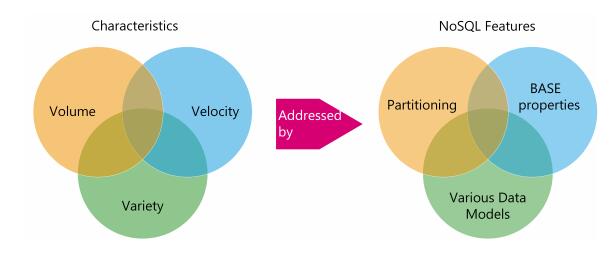
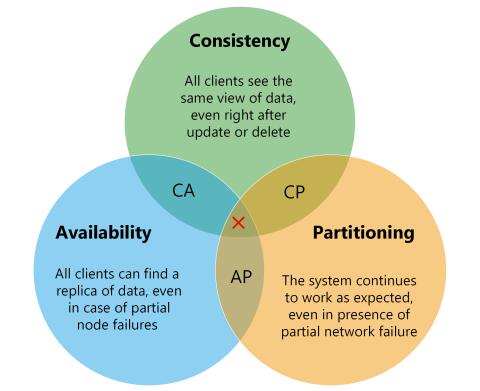
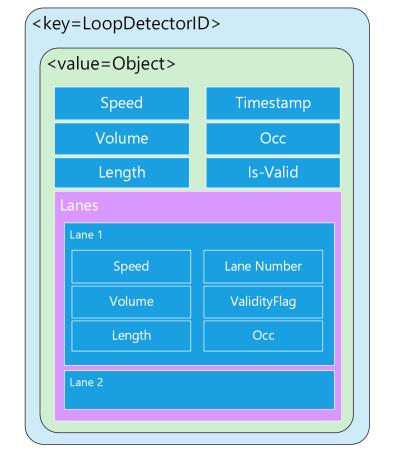


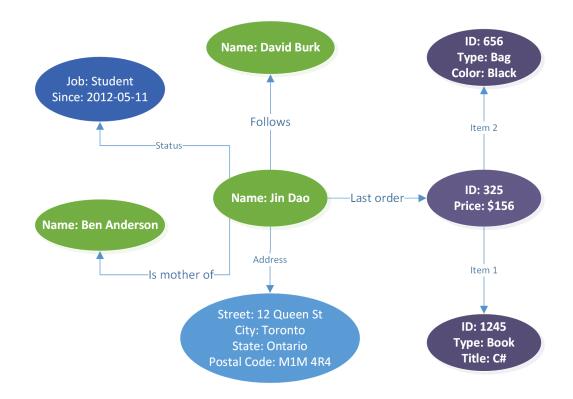
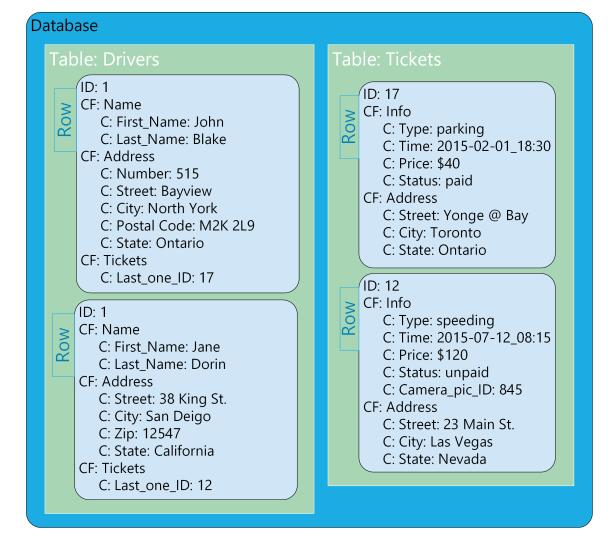
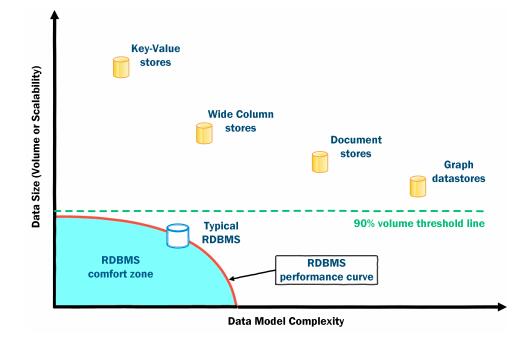
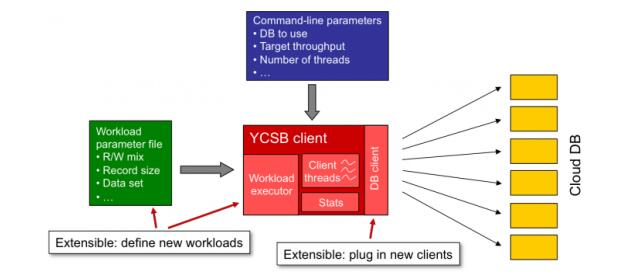
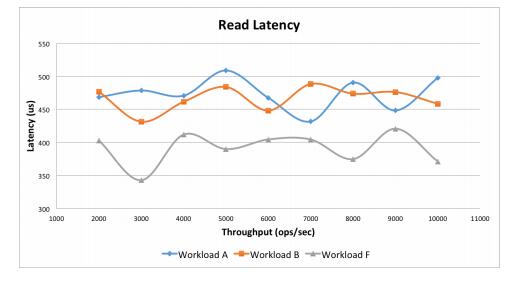
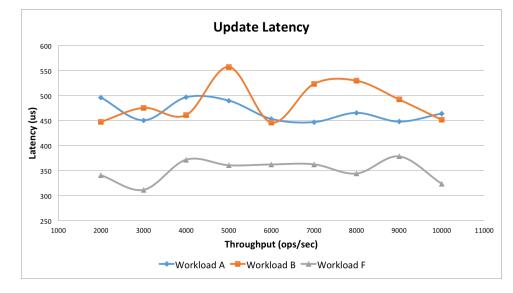
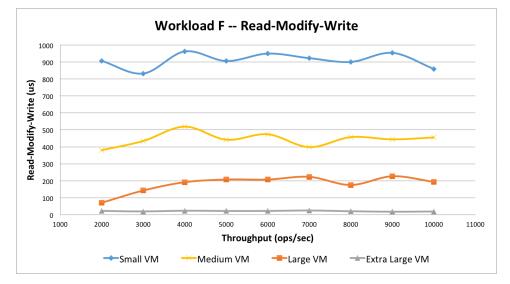
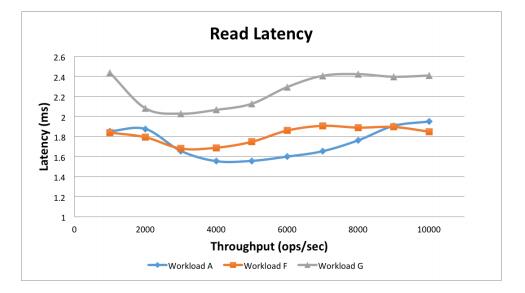
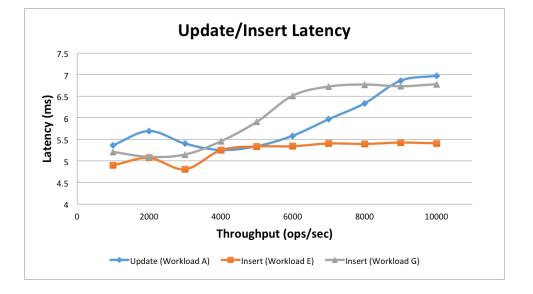
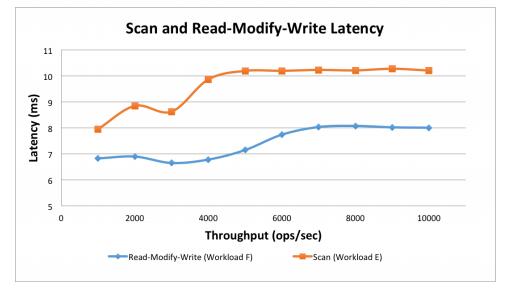
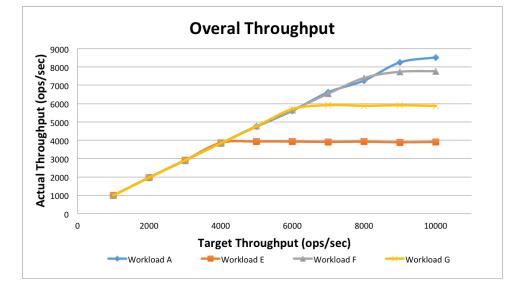


 DownLoad:
DownLoad: